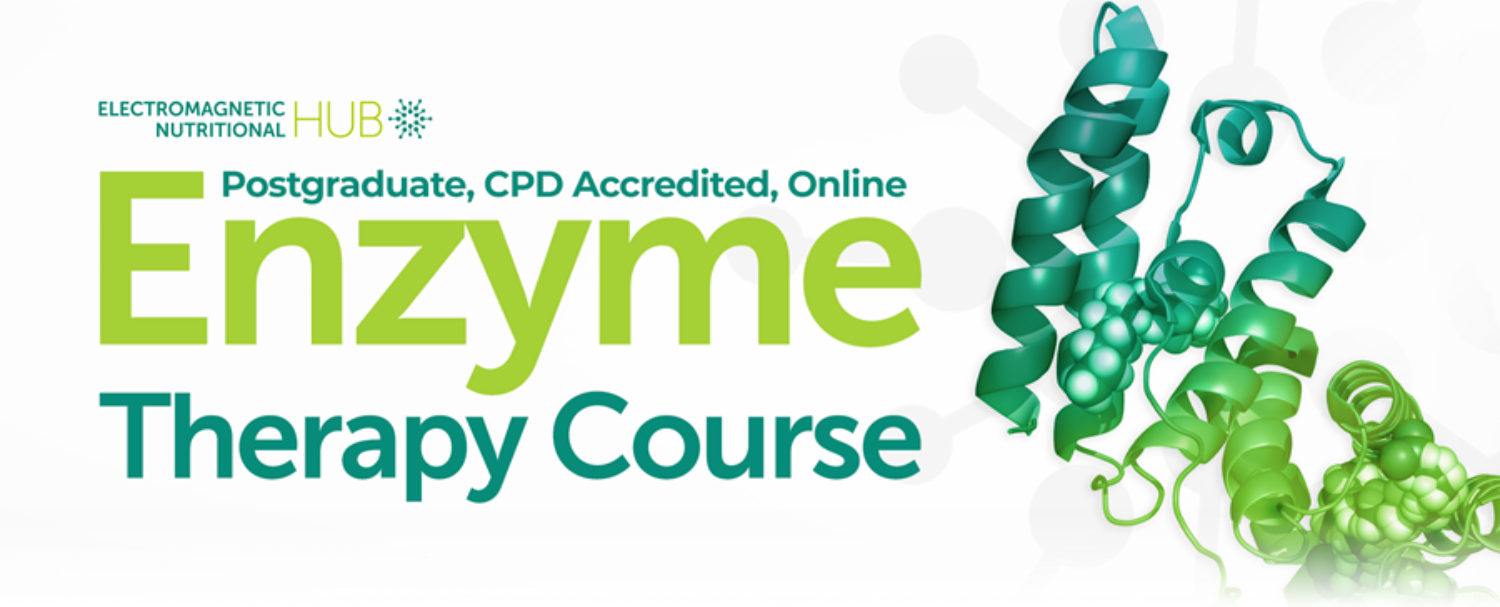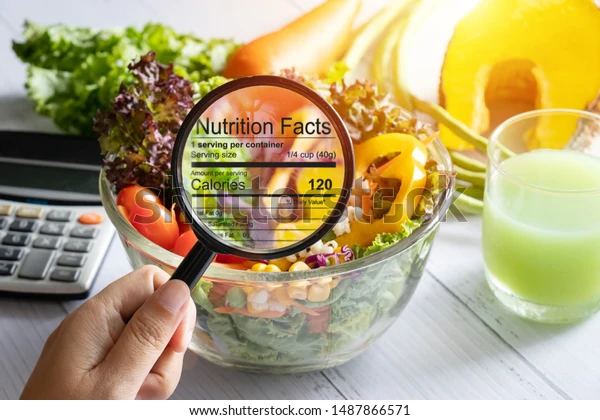According to recently conducted research, there could be a link between the outcome of the novel coronavirus and dietary selenium. Found in cereals, fish, meat, poultry, and seafood, it is believed that selenium status could have a major impact on Covid-19 recovery. The study, led by the University of Surrey’s Margaret Rayman, was carried out by a team of researchers from around the world, and looked into the associations between selenium levels and the impact of coronavirus on affected participants.

The research was prompted by an earlier study which indicated vast disparities in selenium levels across China. This identified a belt where selenium deficiency is widespread. Running from the northeast to the southwest, this is in stark contrast to the high levels found elsewhere in the country.
The amount of selenium that a population consumes is largely impacted by their environment – namely, the availability or scarcity of certain crops and plants and the types of livestock that are eaten in the region.
Rayman explains that differences in geology affect the soil, and therefore the flora that’s grown on it and the fauna that graze it. Variances in factors such as soil acidity, bacteria, and organic matter content all affect selenium intake – a trend which is passed on to the people who later consume these foods.
Selenium and where it comes from
According to the scientists, selenium represents an essential trace element, and is an important component in our diets. It has a number of wide-ranging effects, being both an anti-inflammatory and an antioxidant.
However, too much selenium can be dangerous. Toxic in too high a quantity, it can cause unpleasant side-effects, including bad breath, disorders of the skin and nervous system, hair and nail loss, poor dental health, and even paralysis.
When ensuring that one has sufficient selenium in their diet, there are a number of dietary sources in which the trace element naturally occurs. These include meat, poultry, fish, and seafood.
In other regions, cereals can also be a good source of selenium, although this varies country by country. In North America, for example, both bread and breakfast cereals contain beneficial doses of selenium, while Canadian wheat is the same.
In the UK and Europe, however, levels are noticeably lower, but because those located in these regions tend to eat a lot of this type of food, they still supply a fair amount of selenium to the average individual.
Brazil nuts are also selenium-rich, although it is possible to overdose on these. However, not all of them contain the same levels of the mineral, which means it can be difficult to assess how much selenium they actually add to our diets.
Selenium status by geographical region
What’s interesting to note for the purposes of this study is that selenium status can vary widely by geographical region. Intake tends to be highest in Canada, Japan, the United States, and Venezuela, while it is significantly lower in much of Europe.
Eastern Europe, in particular, has a population that is largely selenium deficient. New Zealand, which used to be the same, no longer falls into this bracket, following the widespread importation of selenium-rich wheat from Australia.
China offers a particularly riveting case study, with areas where selenium deficiency and excess are both common. This is why it provides an area of interest for researchers looking into the effect of selenium status on covid-19 outcomes.
Using real-time data collected from the Baidu website, the researchers in this trial performed a population-based analysis. The figures they studied included the number of confirmed covid-19 cases, recovery rates, and death stats for various provinces, municipalities, and cities.
Rayman’s team then compared these figures against existing data detailing each area’s selenium status, which had previously been collected using hair samples.
Their analysis revealed that the cure rate inside Hubei Province, where Wuhan is the capital, was noticeably lower than in any other area of China, while the death rate was also significantly higher.
However, certain cities within this area bucked the trend, including Enshi, whose cure rate was 36.4 percent higher than the area’s average (of 13.1 percent). This is interesting because Enshi’s population has a far higher selenium intake, and ergo status, than most of its neighbours.
In fact, historically, levels have been so high in Enshi that selenium toxicity has been prevalent, most notably during the 1960s.
On the other end of the scale, Heilongjian Province is an area which is notoriously low in selenium, and in keeping with this theory, they have experienced a much higher death rate than their closest neighbours (2.4 percent above the average for the region).
However, the scientists did note certain drawbacks in their research which make it difficult to reach any firm conclusions. Firstly, they pointed out that the data used to determine selenium levels dated back to 2011, making it difficult to perform a direct comparison between this and contemporary Covid-19 outcomes.
In addition, they reported that they lacked patient-level data for a number of confounding factors, such as the incidence of chronic respiratory disease, diabetes, and hypertension. Therefore, they acknowledged that the association could not be deemed robust, but did point to a need for further research in this area.
They argued that this was particularly pertinent given the association between selenium status and a number of other disease outcomes.
What could these findings mean?
While this study solely observed Chinese populations, it does lead to some interesting questions - namely, could ensuring sufficient selenium uptake be helpful in safeguarding our health and wellbeing moving forward?
According to the study’s lead, lots of people already have a sufficient level of selenium in their diet, especially where this includes meat, poultry, fish, bread, cereals, and - most importantly – seafood.
Certainly, for the average person living in Japan, North America, Venezuela, and parts of Australia, selenium deficiency is unlikely to be a problem. However, there are certain groups among whom the issue is more prevalent – primarily, vegans and vegetarians.
For those belonging to these at-risk demographics, Dr Rayman suggests that it may be pertinent to take a dietary supplement, although she cautions against excessive selenium intake. She therefore recommends adding a general multi-vitamin and mineral supplement to one’s diet instead.




